Talk to some “experts” about using a compensator or comp on self-defense handguns, and you will receive a laundry list of why a comped gun should not be used for concealed carry. They will say it’s a bad idea.
Everyone agrees that a comp on competition handguns is a great idea to help stifle muzzle flip and recoil. However, start to discuss comped concealed carry guns and the purported reasons why not to start to stack up.
Before we get into questioning the myths about comped EDC handguns, let’s first understand what a comp is and how it enhances the shooting experience.
How Does a Compensator Work?
A compensator, or comp for short, is an effective way to reduce muzzle flip and reduce recoil. Handguns like the Prodigy Comp, Hellcat Pro Comp or Echelon Comp, for example, have a machined port in the top of the slide and barrel toward the muzzle just in front of the front sight. The port diverts burning gas upward as a shot is fired and, basically, helps counteract muzzle flip.
Compensators have been used on all types of firearms: rifles, shotguns, machine guns and handguns. Competition shooters understand the physics of a comped gun and can shoot a comped pistol faster than a non-comped pistol.
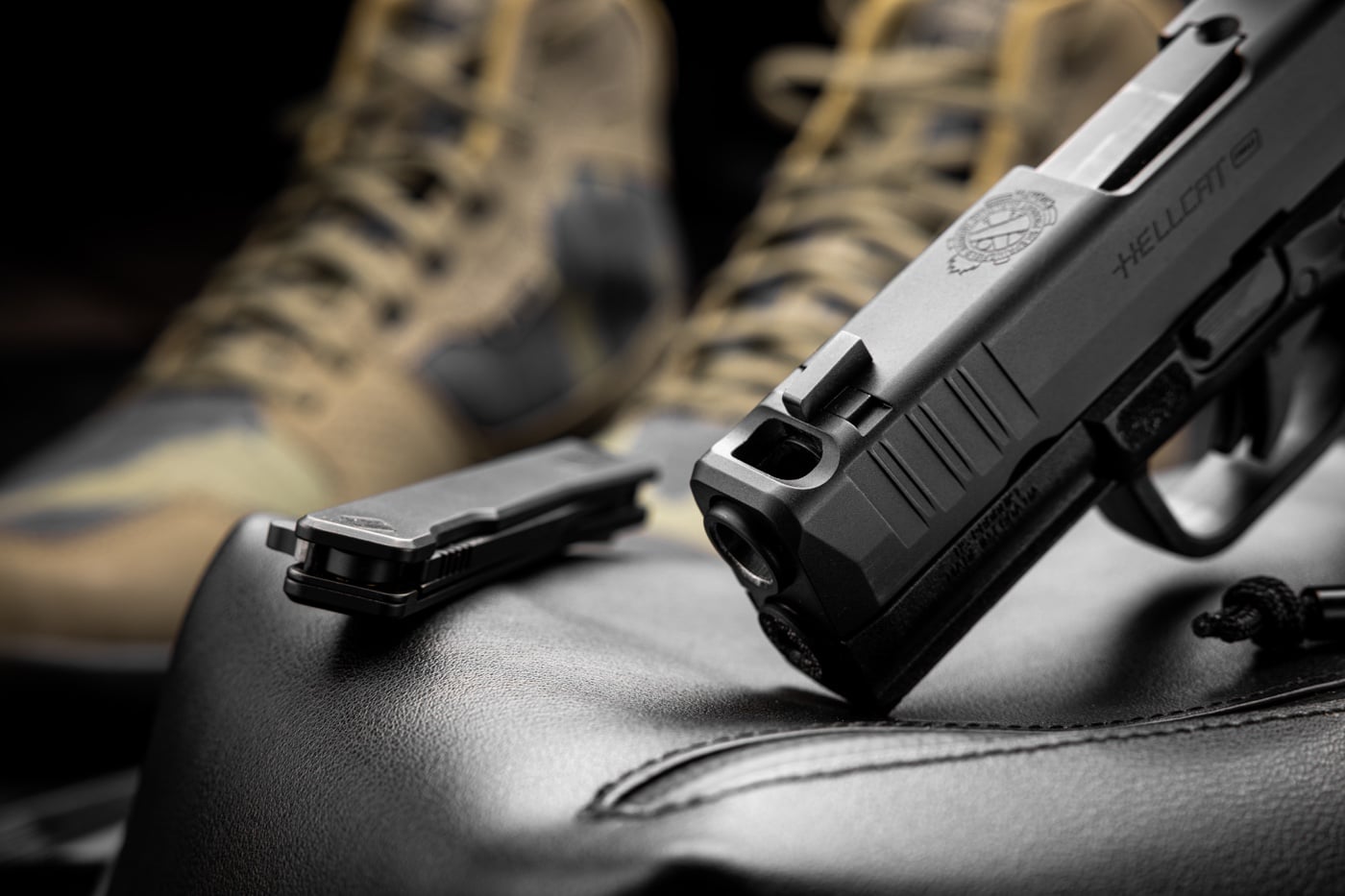
When adding a comp onto a handgun for concealed carry, however, there are concerns about whether a comped handgun is a liability for concealed carry.
There are a bunch of reasons “experts” frown on comped pistols for EDC — muzzle flash and debris in the port — are two major reasons. There are other reasons, but let me debunk the comped EDC pistol myths.
Myth #1: The Flash Is Blinding in Low Light
There is more muzzle flash with a comped handgun. If you shoot with both eyes open, you are accustomed to seeing a tongue of flame dart out of the muzzle on the shot. In a comped pistol, the flash also appears at the port (or ports).
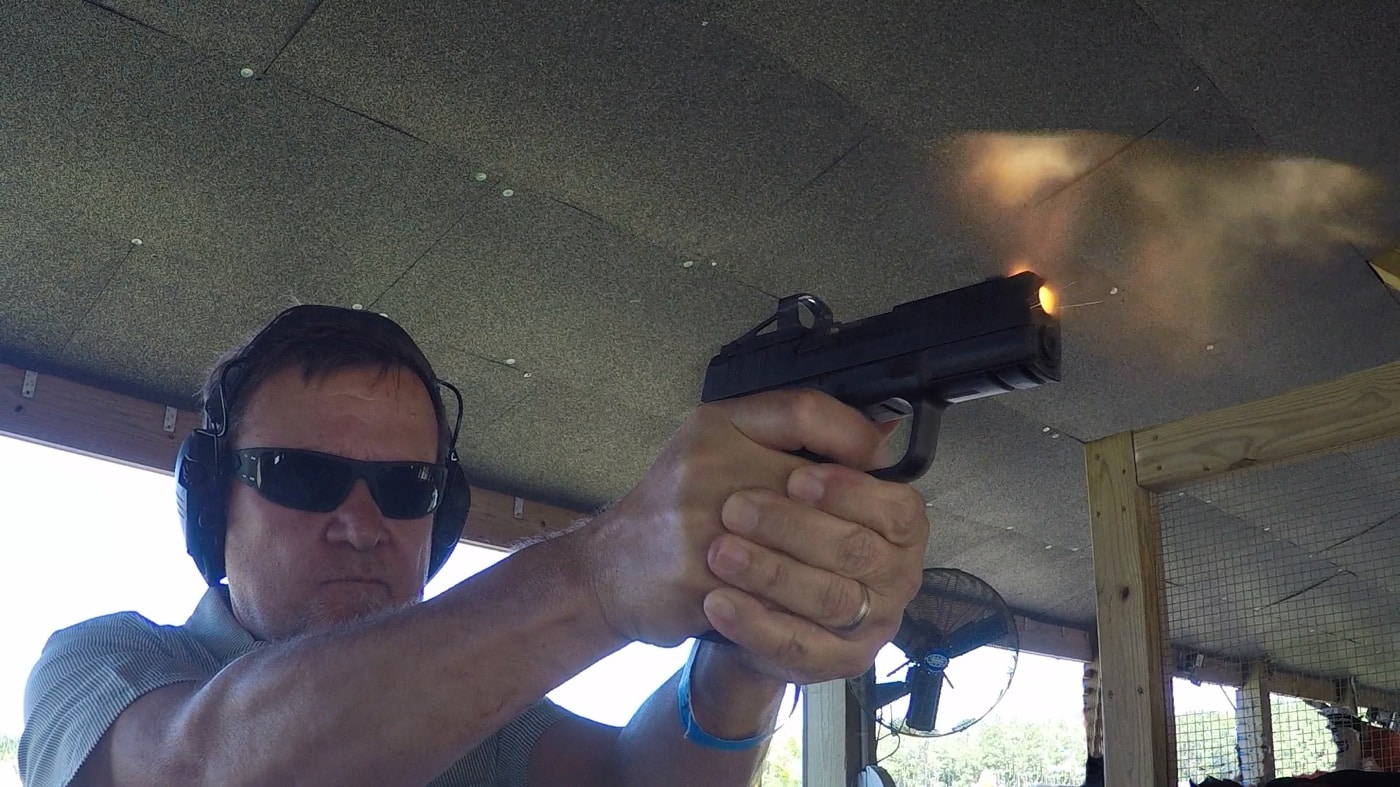
However, it’s false to think that the extra flash from a comped pistol is so severe, especially in low-light conditions, that the flash would be blinding to a shooter, and thereby making it impossible or difficult for the shooter’s eyes to focus on the sights for follow up shots.
While the amount of increased flash depends on the type of ammunition being fired, not all gunpowders burn the same. Based on my own testing, the reality is likely that nearly all shooters can manage to effectively aim and fire multiple rounds with a comped pistol in low-light with no issues.
Myth #2: Debris Will Get in the Port
The second biggest reason some people say not to carry a comped EDC pistol is because the port is basically a big hole in the barrel that is just waiting to get clogged with debris, thereby making the gun unsafe to shoot.
My guess is those folks making these statements haven’t noticed that there is already a large hole in the barrel. It’s called the bore.
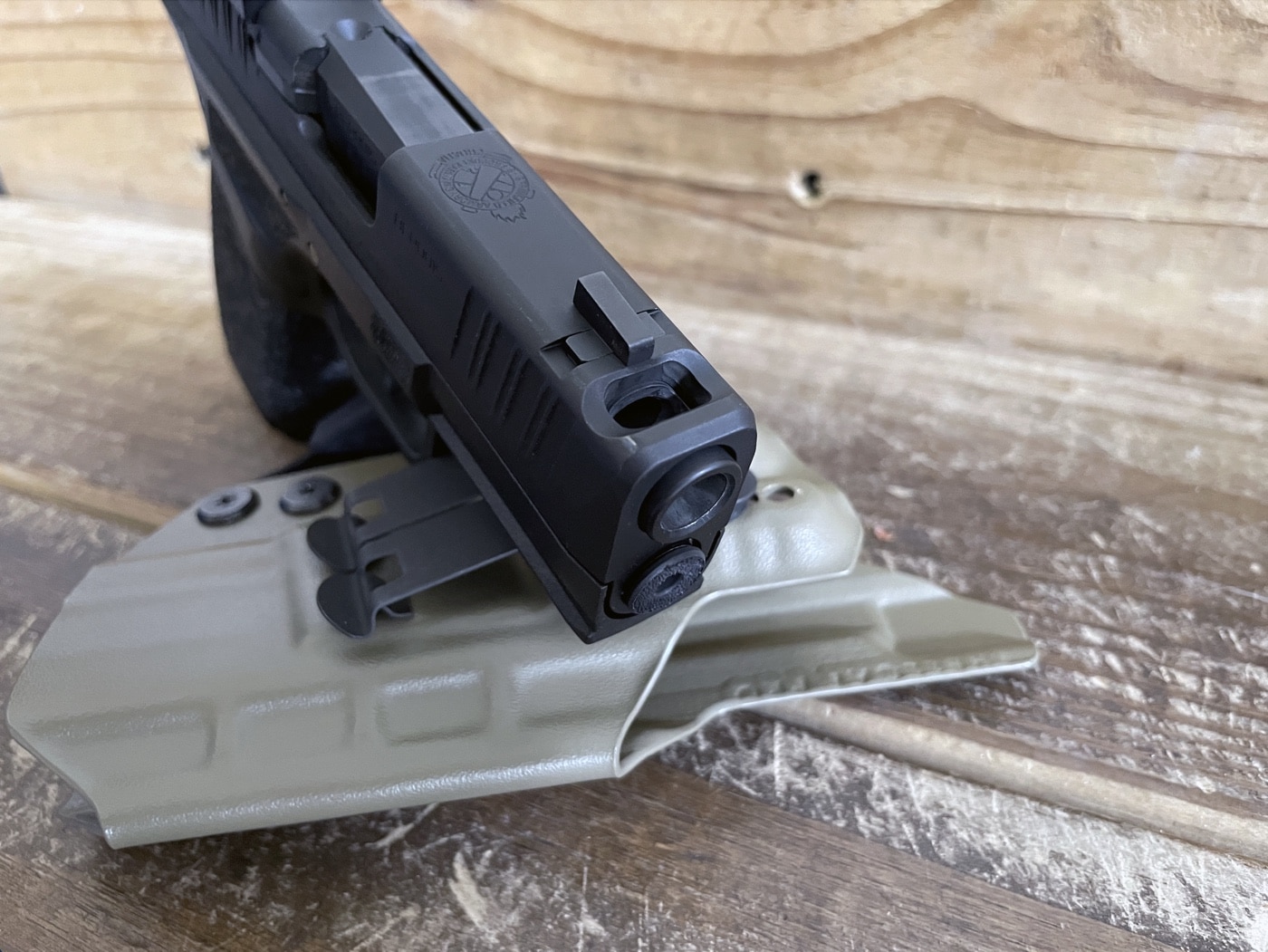
The concern does have some legitimacy. For example, if you drop your handgun in the sand, mud or snow, it will undoubtedly get debris in the barrel not just from the port, but the bore itself. However, port or no port, you have a problem and need to clean out the bore. You can’t chalk this risk up to a comp’s port.
Myth #3: Comps Make the Pistol Too Loud
Some people think that adding a compensator to their guns is going to make the gun louder. For the most part, they’re right. However, the intensity and increase of the noise level is minimal when talking about 9mm and 45 Auto caliber pistols.
The reality is that adding a comp is not a show-stopper when it comes to increased noise. When training, you will be wearing hearing protection — either plugs or ear muffs — and you will probably not be able to tell the relative difference in the noise level.
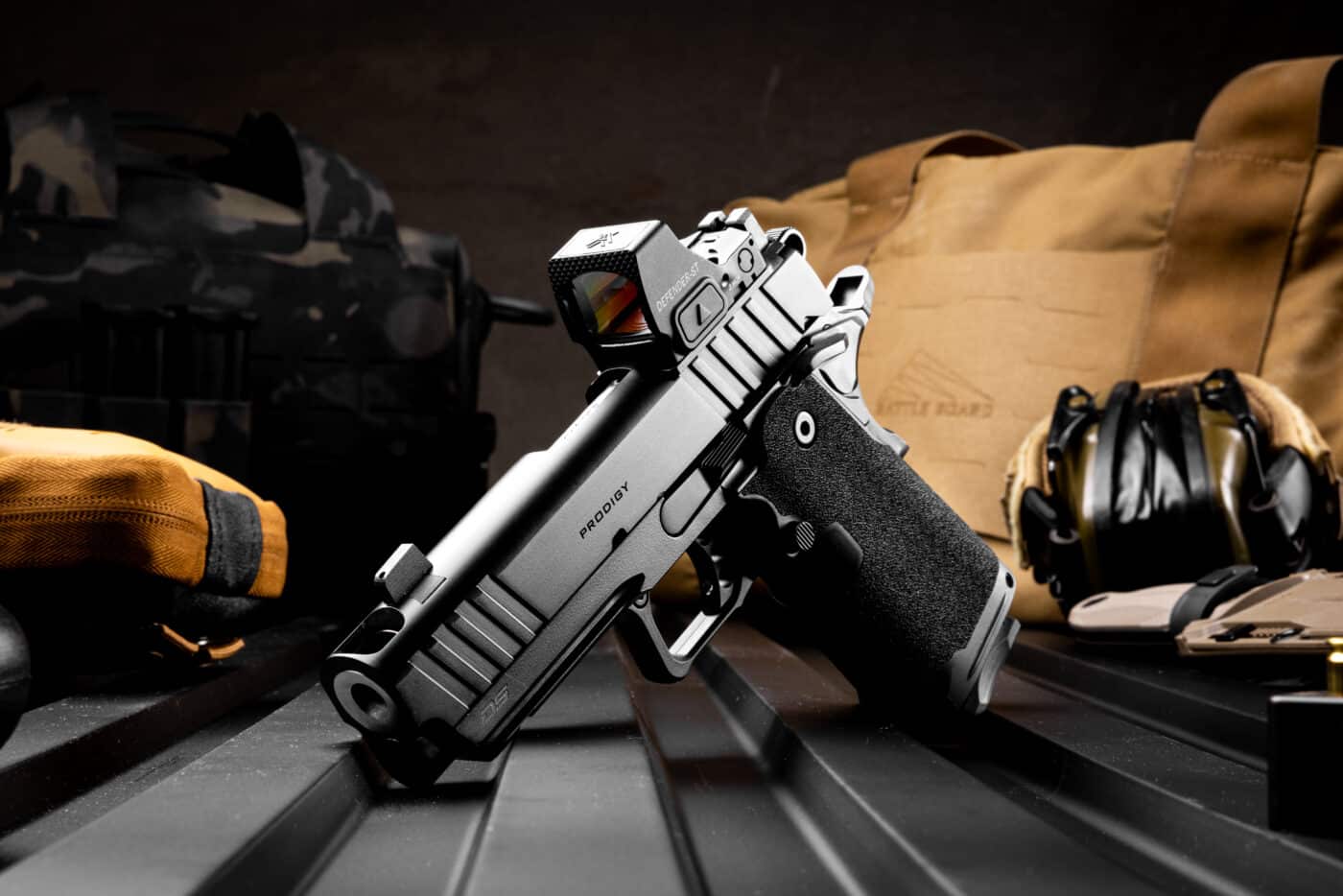
Myth #4: Comps Erode Bullet Velocity
While there is some technical accuracy with this reason, the loss, in my experience, is insignificant. To test this myth, I ran two Hellcat Pro pistols against each other. One was the Comp model with a port, one was not.
The muzzle velocity and energy degraded slightly — from 5 to 10 fps — which is not enough to drastically impact terminal ballistics. Nor does it adversely affect how the bullet performs. It will still mushroom if it’s a hollow point.
Reduced velocity like this is an inconsequential trade-off when using a comped handgun. The comp allows you to shoot the pistol better and get back faster on target, and for that you lose a smidge of bullet speed. In my opinion, I would rather have better accuracy and bullet placement. I’ll take the compromise.
Myth #5: Comped Pistols Are Prone to Jams
This myth is directed toward aftermarket bolt-on comps. Ported pistols like the Hellcat, Echelon and Prodigy have the comp built into the design, so there are no worries about malfunctions.
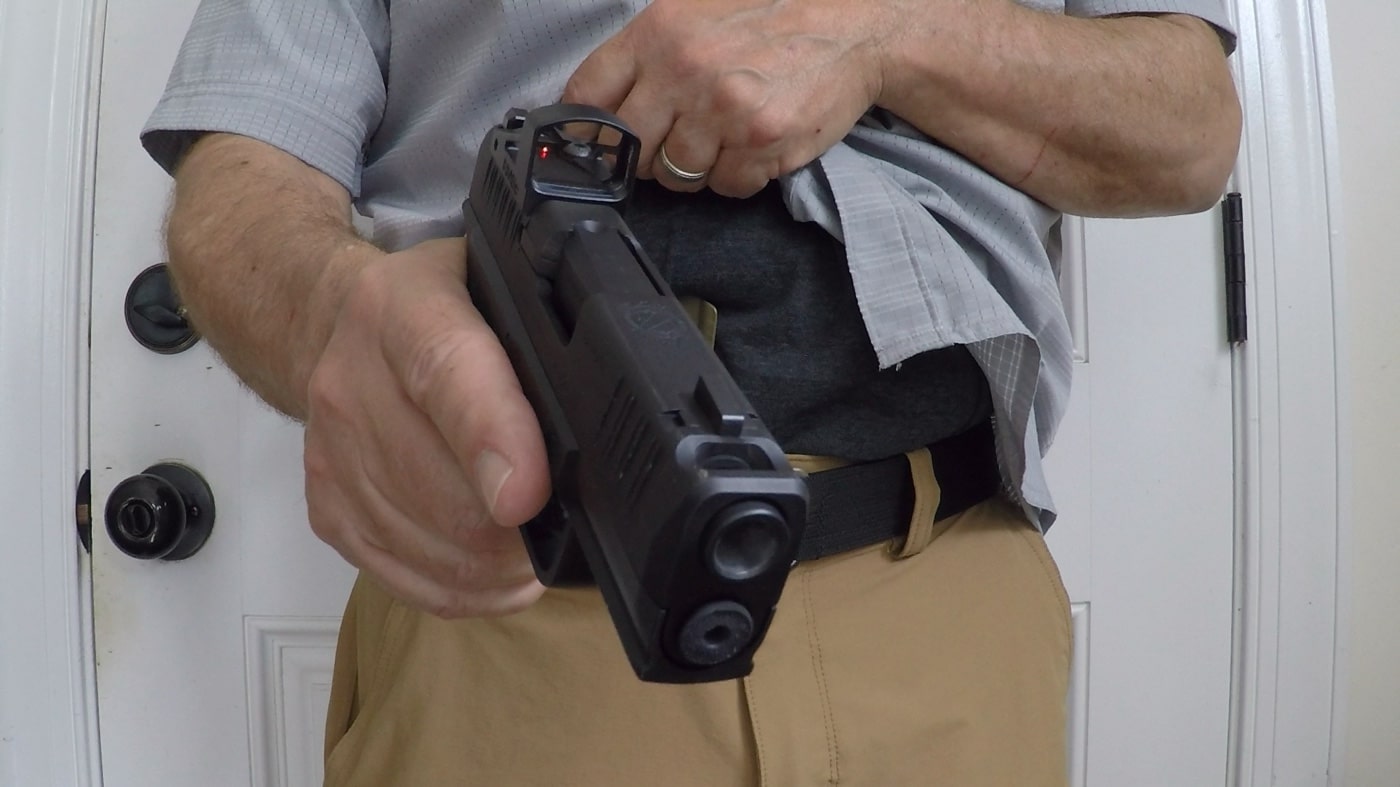
If you have a threaded barrel on your handgun and want to add an aftermarket compensator, make sure the muzzle device is compatible with the stock/OEM recoil assembly. The added weight of bolt-on comps can cause reliability in certain pistols. This is especially true when using low power, target ammunition.
Myth #6: A Comped EDC Pistol Will Set You on Fire
Some self-defense training drills might require you to fire shots with the pistol close to your body. Think close-quarters retention drill.
Your elbow is bent, and your shooting hand is braced against the side of your torso as you shoot at a target just a step in front of you. The port is just under your chin and nearly touching your shirt.
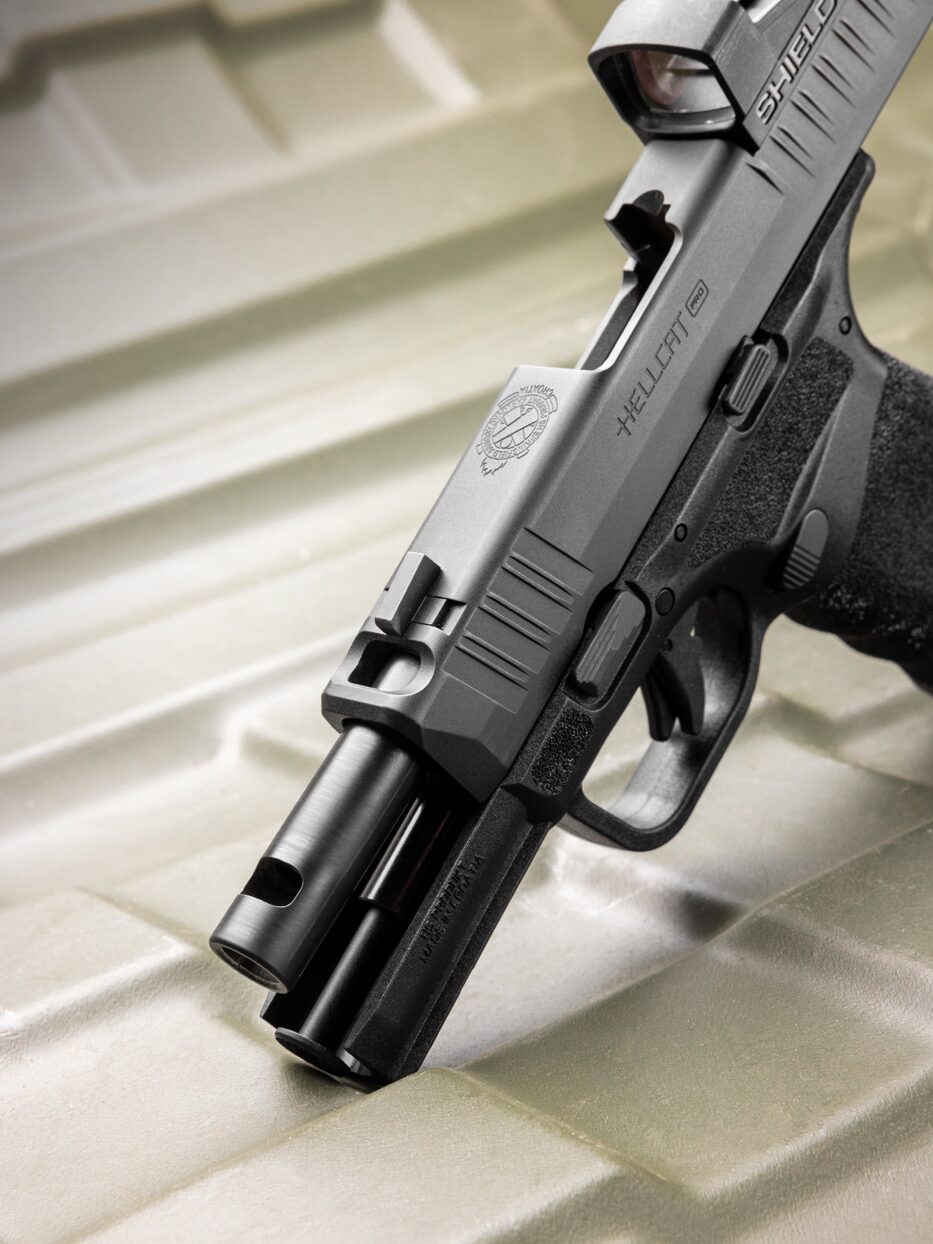
Reality-check — your eyes are not going to get scorched, nor is your clothing going to be set on fire when using a comped EDC handgun. One technique is to slightly rotate the pistol away from your body so the port is not facing you. I’ve run hundreds of these rounds with no issues.
Should You Carry a Comped EDC Gun?
For me, the benefit in concealed-carrying a comped pistol is the ability to get back on target fast, which a comp more easily allows. With less muzzle flip, a compensator makes it easier to track the sights or the red dot in your optic.
Sounds like a hands-down winner in the EDC department to me!
Editor’s Note: Please be sure to check out The Armory Life Forum, where you can comment about our daily articles, as well as just talk guns and gear. Click the “Go To Forum Thread” link below to jump in and discuss this article and much more!
Join the Discussion
Featured in this article
Read the full article here





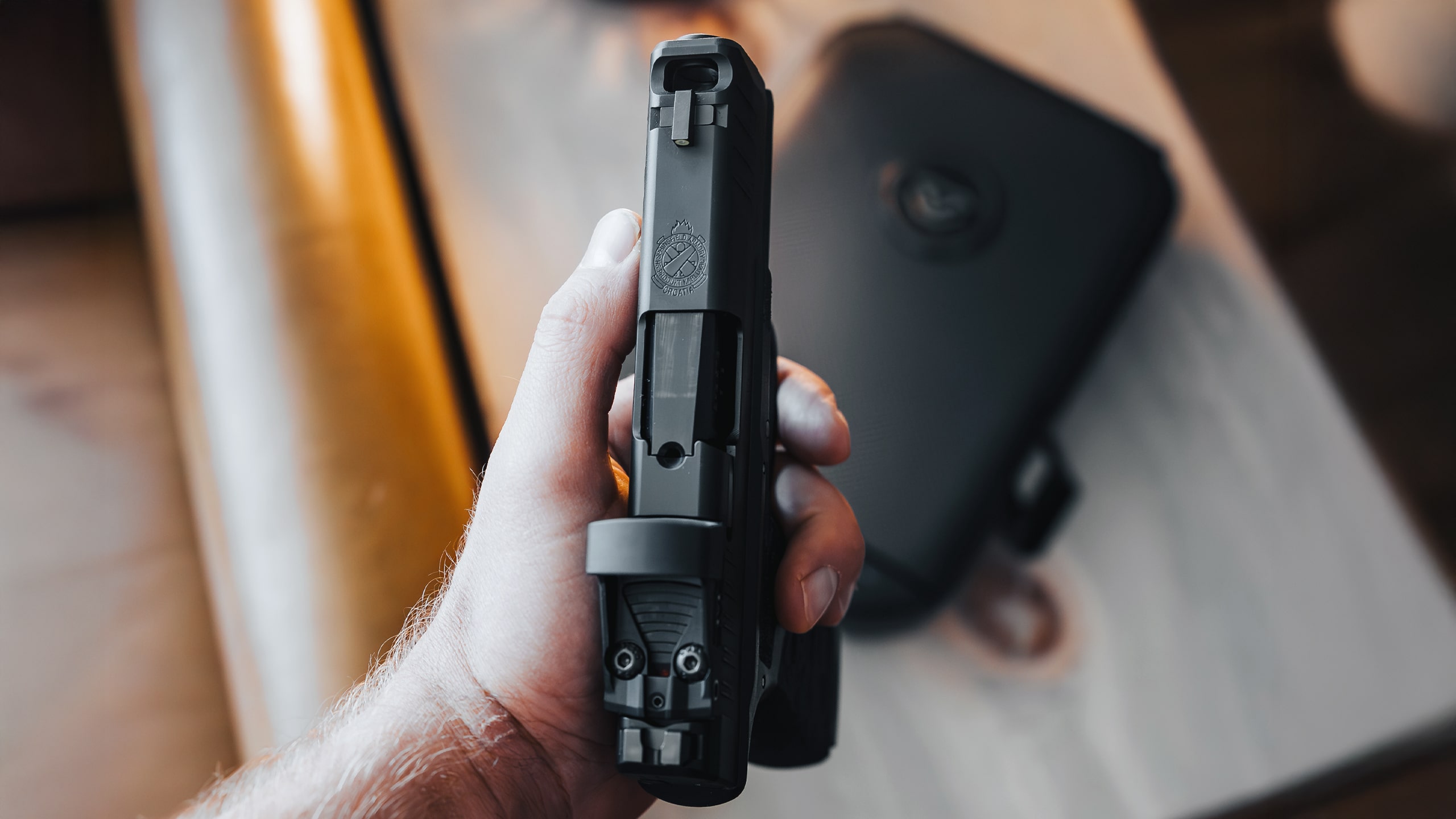





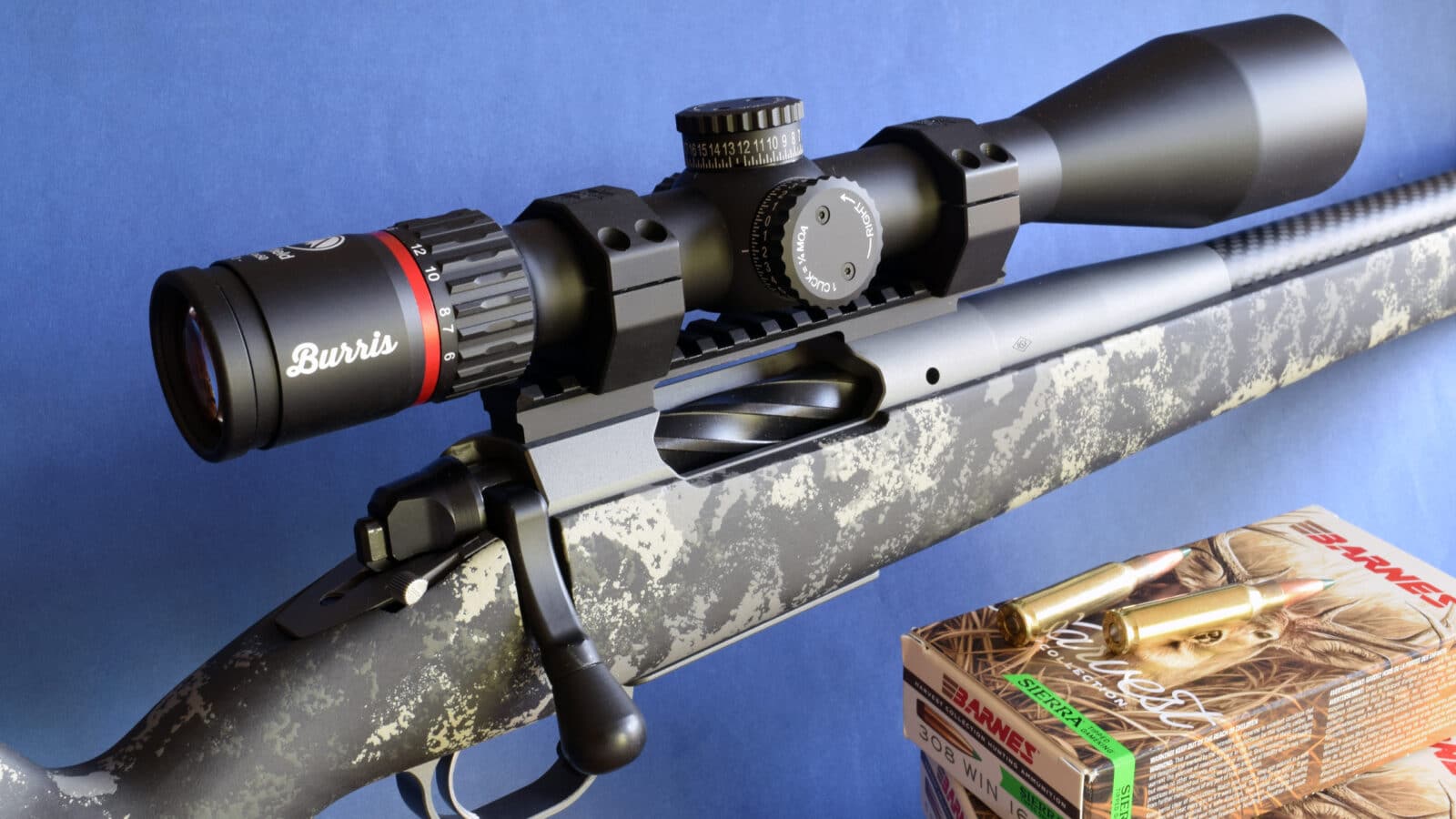




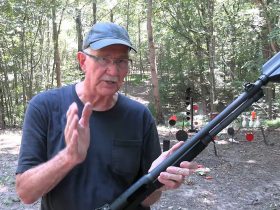
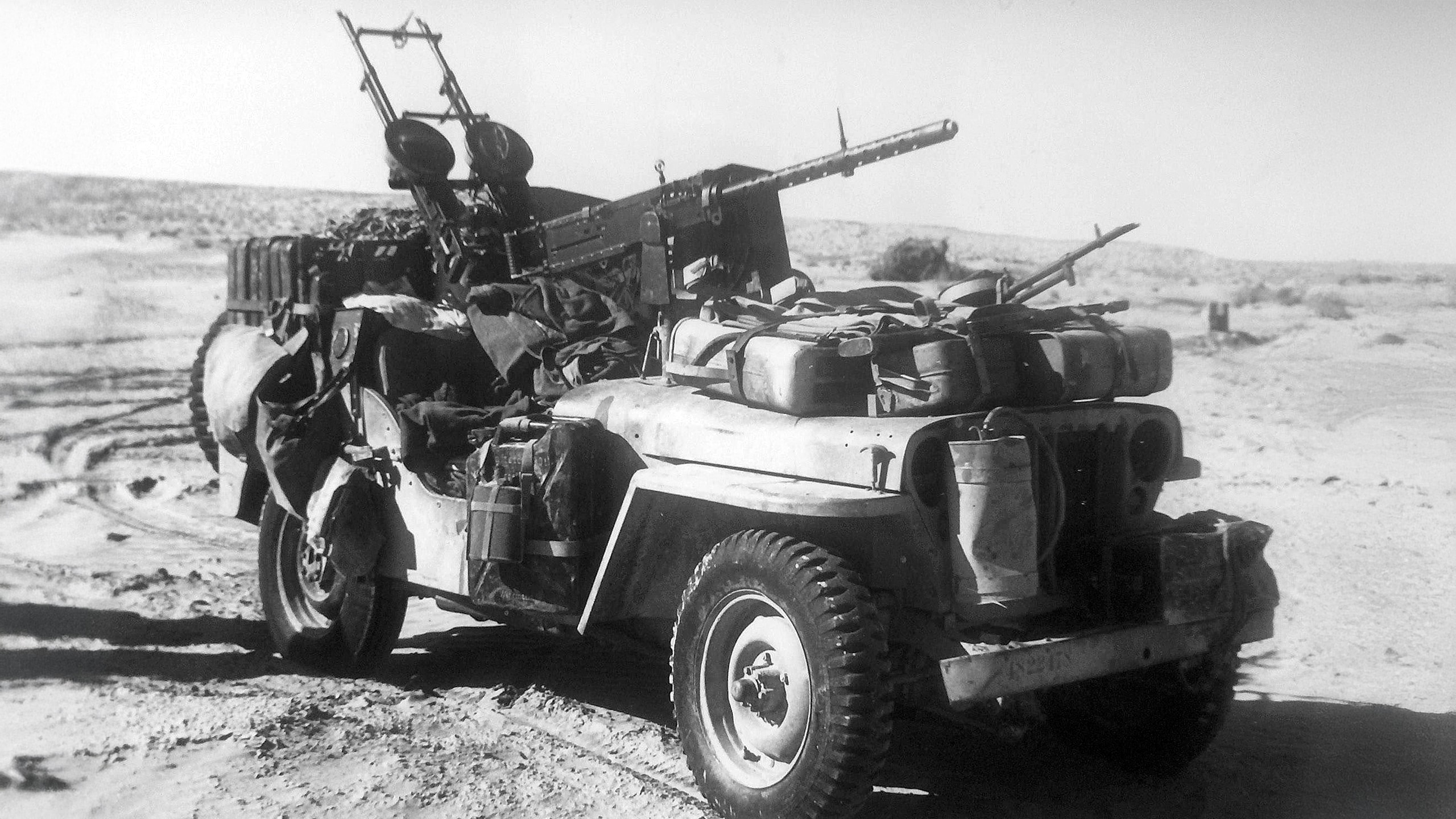

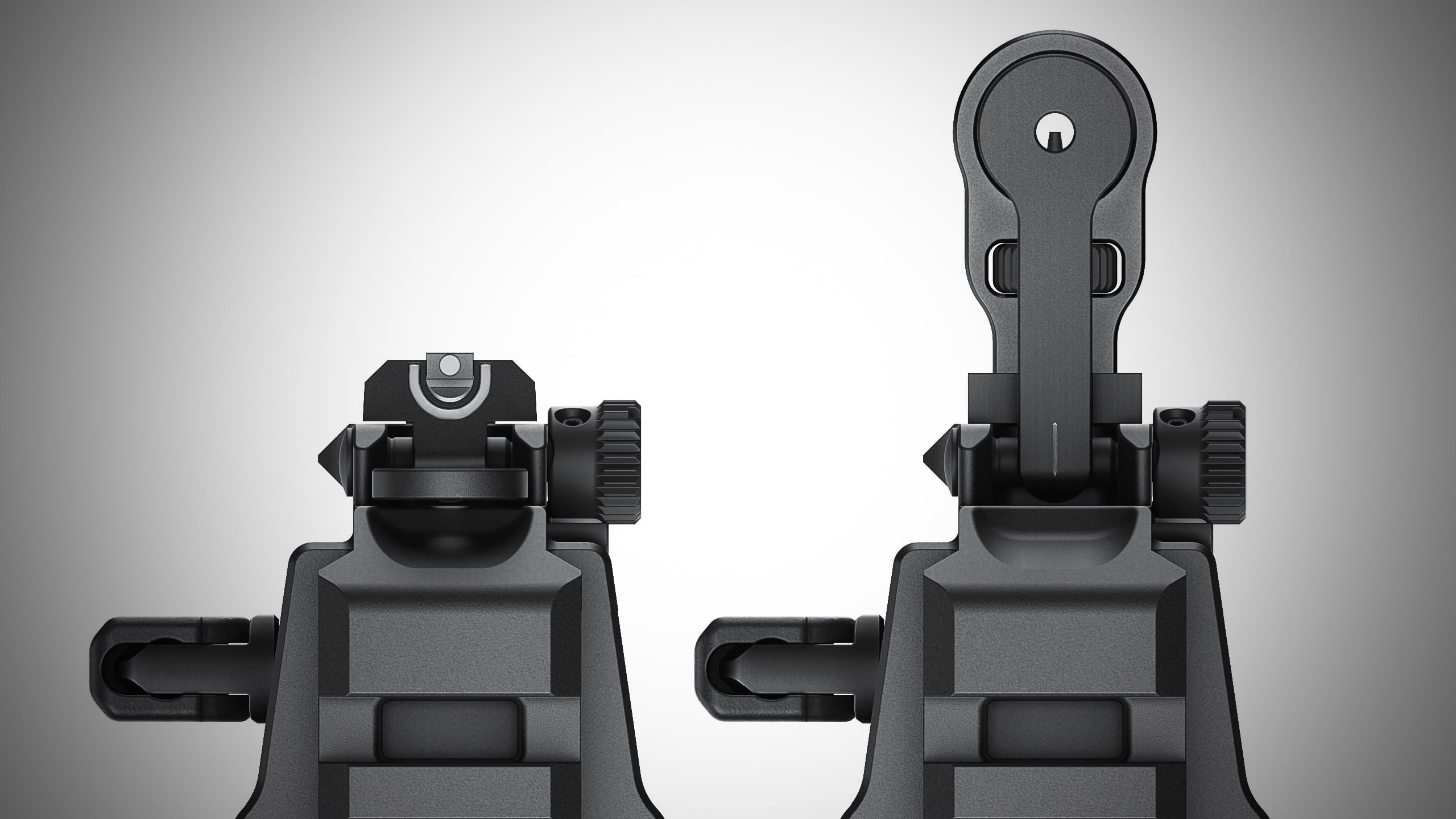
Leave a Reply